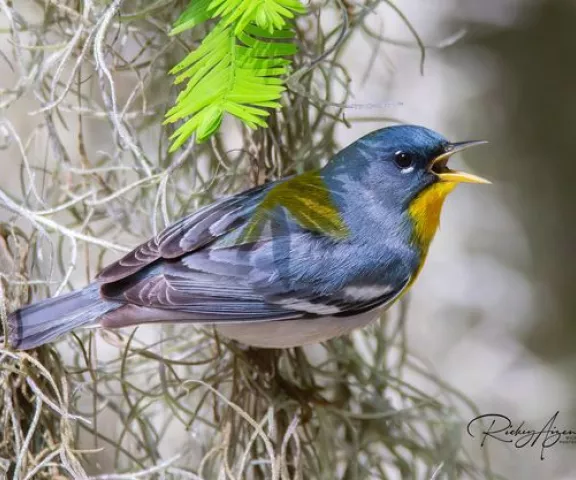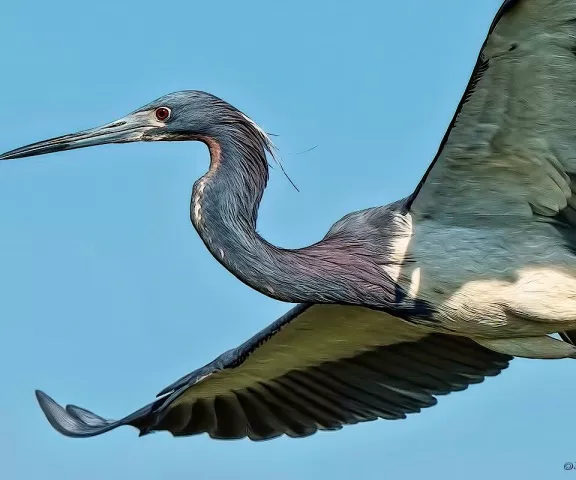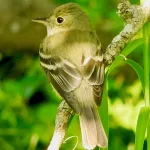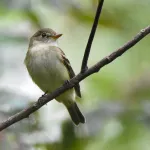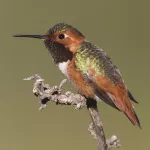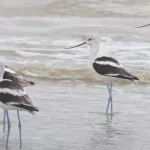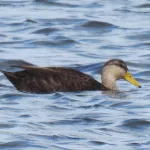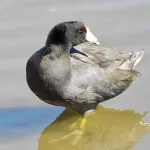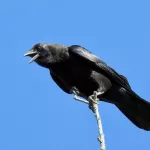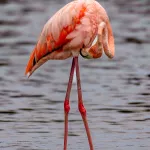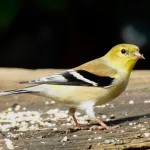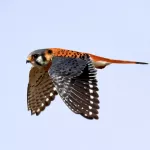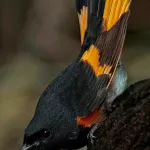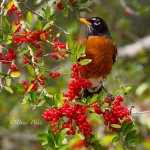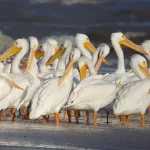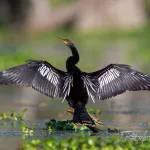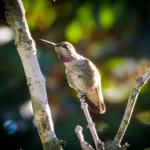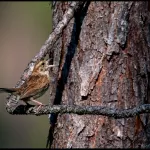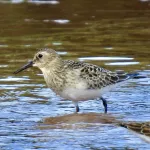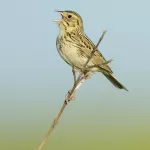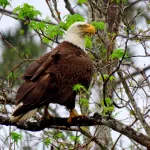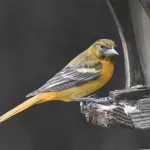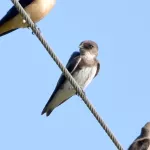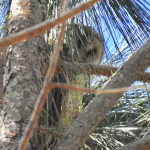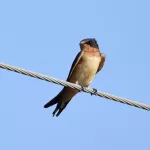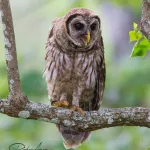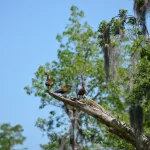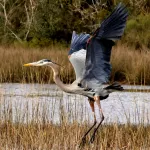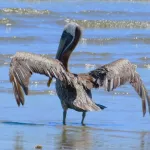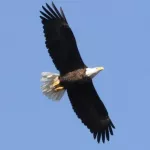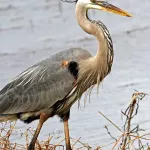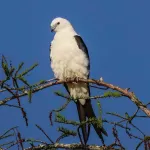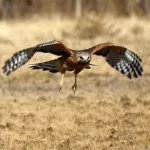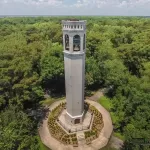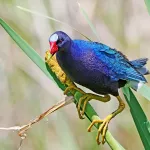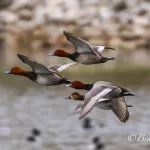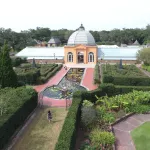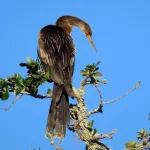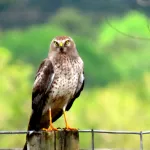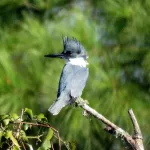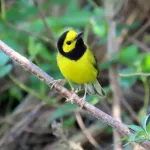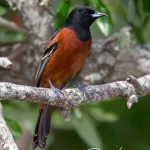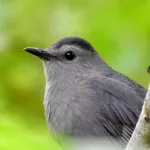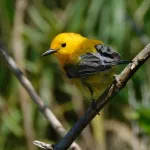“Cheniere” is a Louisiana French term meaning oak grove. It’s applied to the thin bands of live oak-hackberry forests which grow atop ancient “stranded” beachheads along the Gulf Coast of southwestern Louisiana. Somewhere along the line, the name was shortened to “Chenier.” These forests play a crucial role as a “stopover” habitat, where North American neotropical songbirds may rest, refresh, and restore their fat reserves as they travel north/south during spring and fall migration.
The descendants of Louisiana author and naturalist Archie Hollister dedicated 54 acres of the family’s old home site located in the coastal community of Grand Chenier as a preserve for migratory songbirds. Today, these woods represent one of the largest continuous expanses of protected chenier woods in Louisiana.
This site is small but possesses excellent habitat qualities and geographic positioning for migratory songbirds. It is located within a larger remnant coastal chenier in an area with dense seasonal migratory bird patterns. The site is sandwiched between open water and fresh/brackish marsh to the north and south and bordered by open pasture to the east. Be advised that biting insects, alligators, and snakes are all distinct possibilities along the site’s unimproved trail.
The bird checklist from this seldom-visited site is approaching 170 species and includes birds seen in adjacent marsh/pasture habitats and flyovers. To date, species totals from representative groups include 12 waterfowl, 7 shorebirds, 6 seabirds, 12 wading birds, 13 raptors, 11 flycatchers, and 28 warblers, along with most species of wrens, mimic thrushes, thrushes, orioles, tanagers, and grosbeaks native to eastern North America.
Please note that this site is for hard-core birders and naturalists only. Parking is undesignated and limited to the side of the road. The walking trail through the site is maintained annually and is marked with signage visible from the roadside. No other amenities exist at this site. Not handicapped-accessible. This site is very remote, and no emergency assistance is available. Also note that the Hollister Cheniere Preserve is only open from March 15-May 15 and during October each year. No pets are allowed.
